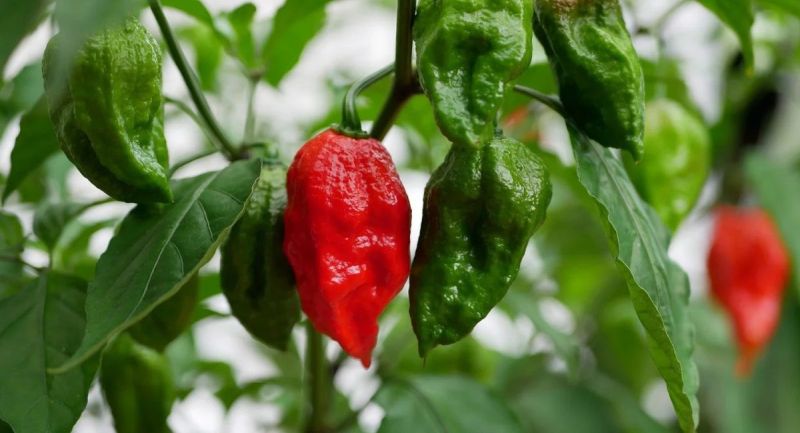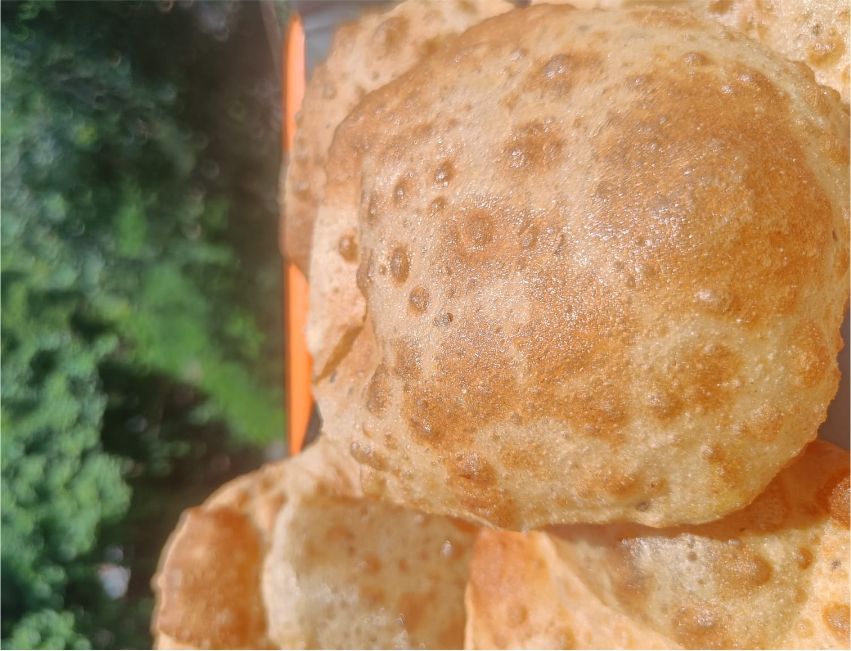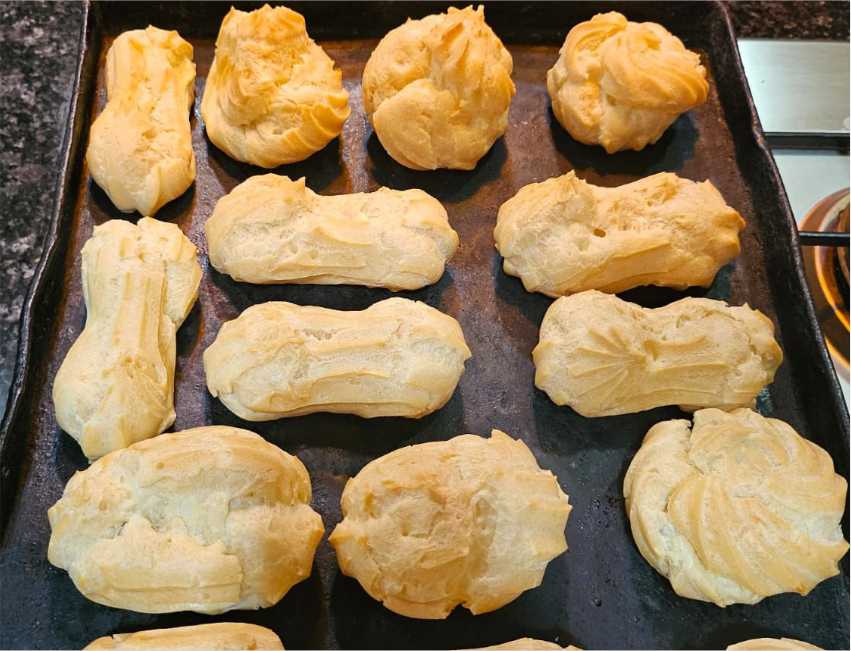The ghost pepper losing its legendary heat

- Newsband
- 15 May, 2025
Bhut Jolokia
Once recognized as the world’s spiciest chilli, Bhut Jolokia, also known as Assam’s fiery pride, was renowned for its intense heat. Known globally as the Ghost Pepper, this chilli was the first to cross one million Scoville Heat Units (SHU) in 2007, making it an instant legend. But today, its sting is weakening, and lovers of this iconic spice are starting to worry.
In Assam and across Northeast India, Bhut Jolokia — also called Naga Mircha in Nagaland and U-Morok in Manipur — is more than just a spice. It’s a part of daily life and culinary tradition, adding heat and a smoky flavour to dishes like pork curry, bamboo shoot stews, and chutneys. It’s so beloved that natives carry it back to cities as a reminder of home, often gifting it to friends and colleagues.
However, the very fame that put Bhut Jolokia on the world map is now threatening its authenticity. Soaring demand has pushed farmers to ramp up production, often at the cost of quality. Overuse of chemical fertilisers, low-quality seeds, and hurried cultivation methods are eroding the pepper’s trademark heat and aroma. Experts also blame environmental changes — fluctuating temperatures, erratic rainfall, and soil degradation — for the chilli’s declining pungency.
Adding to the problem is cross-pollination, which is altering the genetic purity of Bhut Jolokia. Though considered self-pollinating, the chilli has shown high rates of crossbreeding, leading to weaker variants. Non-authentic seeds and over-harvesting are accelerating this loss, and as farmers focus on quantity over quality, the chilli’s fiery reputation is fading.
Despite these challenges, Bhut Jolokia remains in demand. Large quantities of dried Bhut Jolokia are shipped to markets in the US and Africa, while items like sauces, chips, and noodles made from this chilli are gaining traction both in India and overseas. Consumption is rising, but ironically, the heat that made it famous is on the decline.
Once ranked number one, Bhut Jolokia now sits at fourth on the Scoville scale, behind hybrid giants like Pepper X, which measures 2.69 million SHU. But what makes Bhut Jolokia unique is its status as an indigenous variety, not a lab-bred hybrid.
Assam's government and chilli enthusiasts are working to protect its legacy, promoting traditional farming to restore its lost sting. If successful, they hope to save the Ghost Pepper from becoming just a shadow of its former self.





